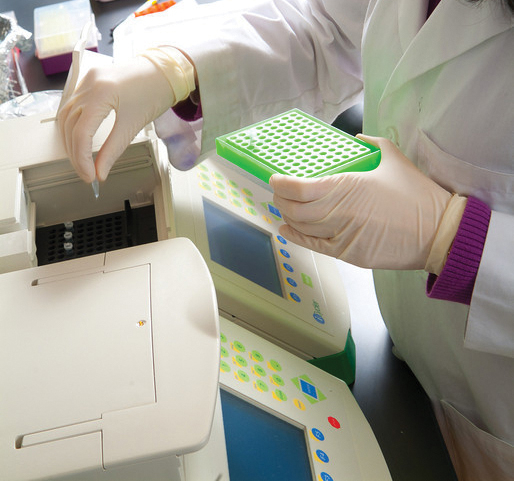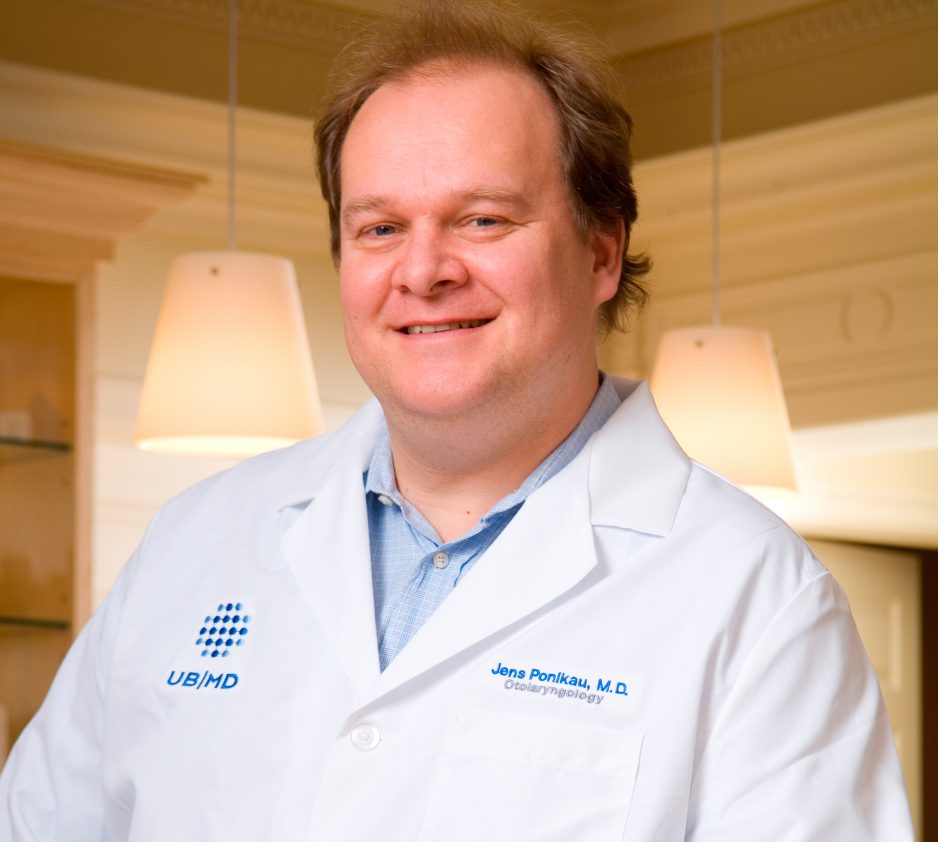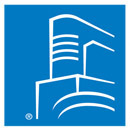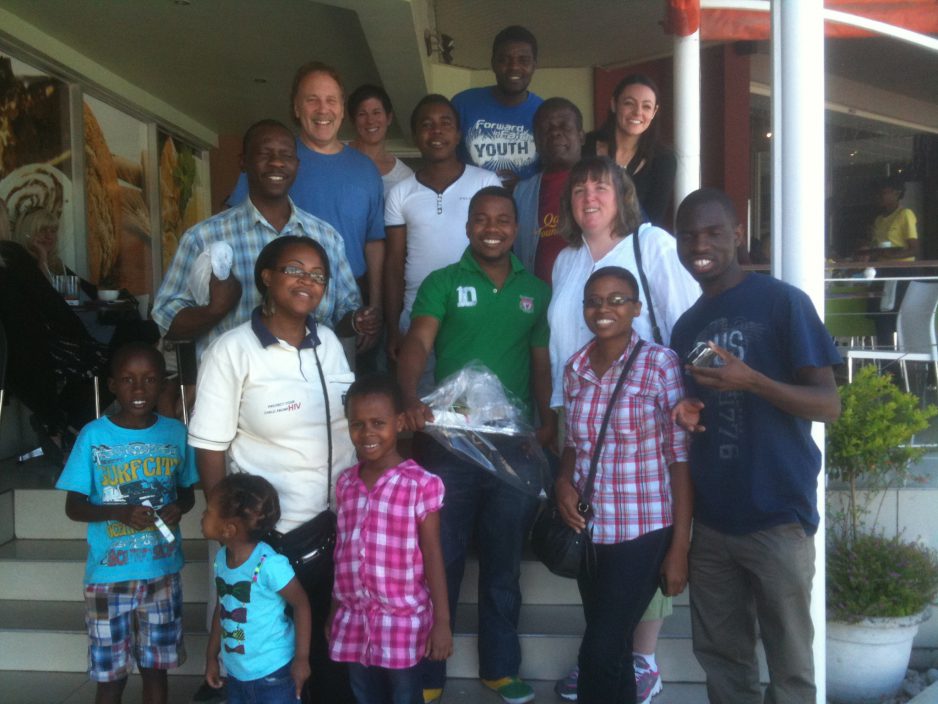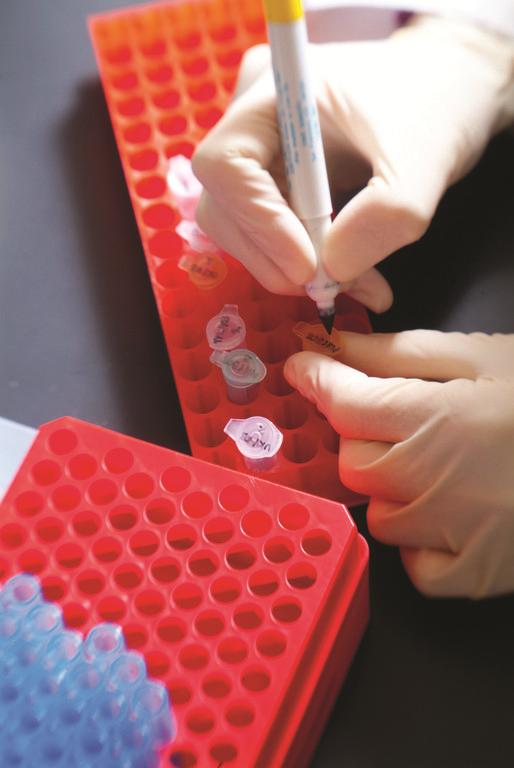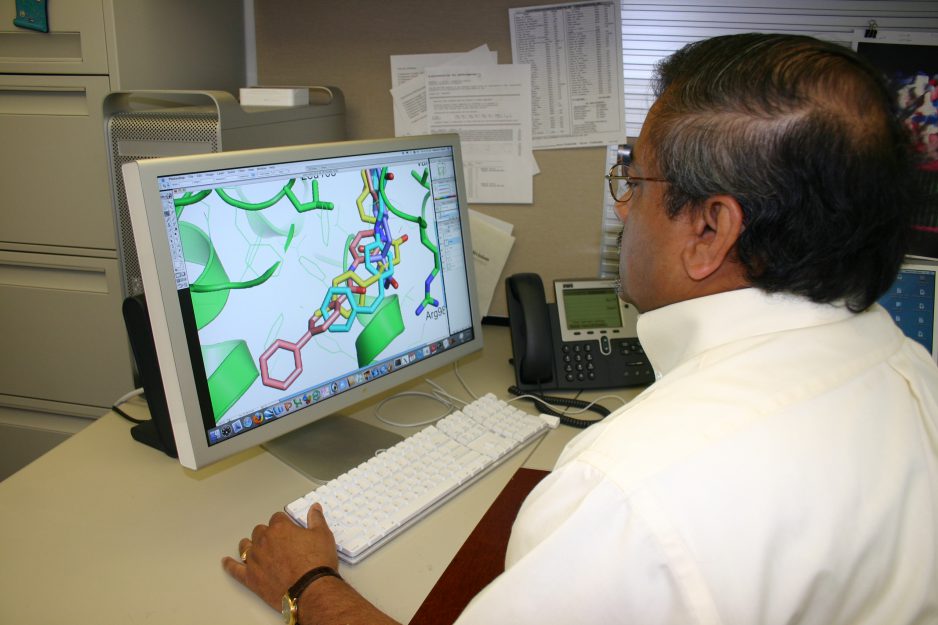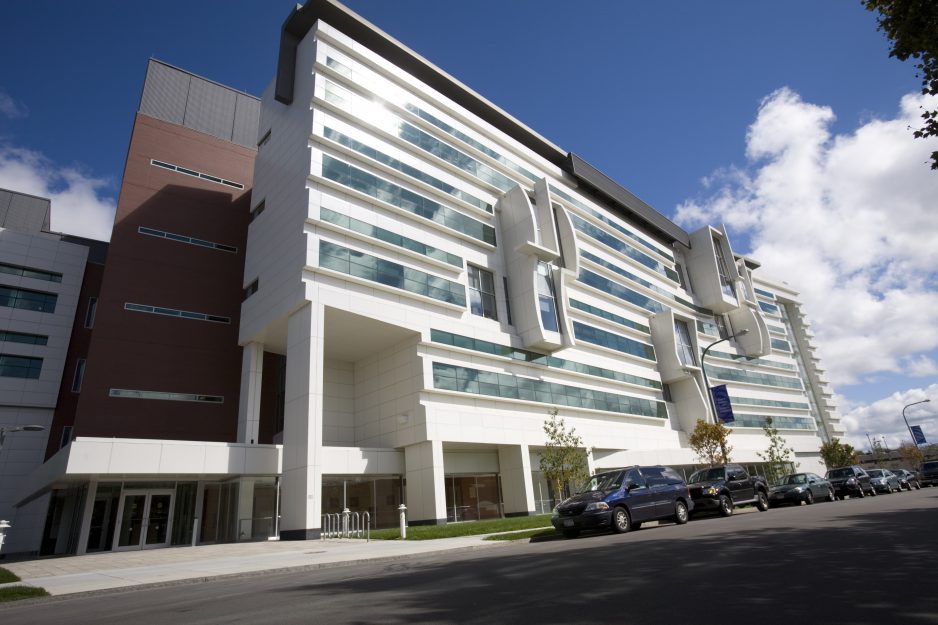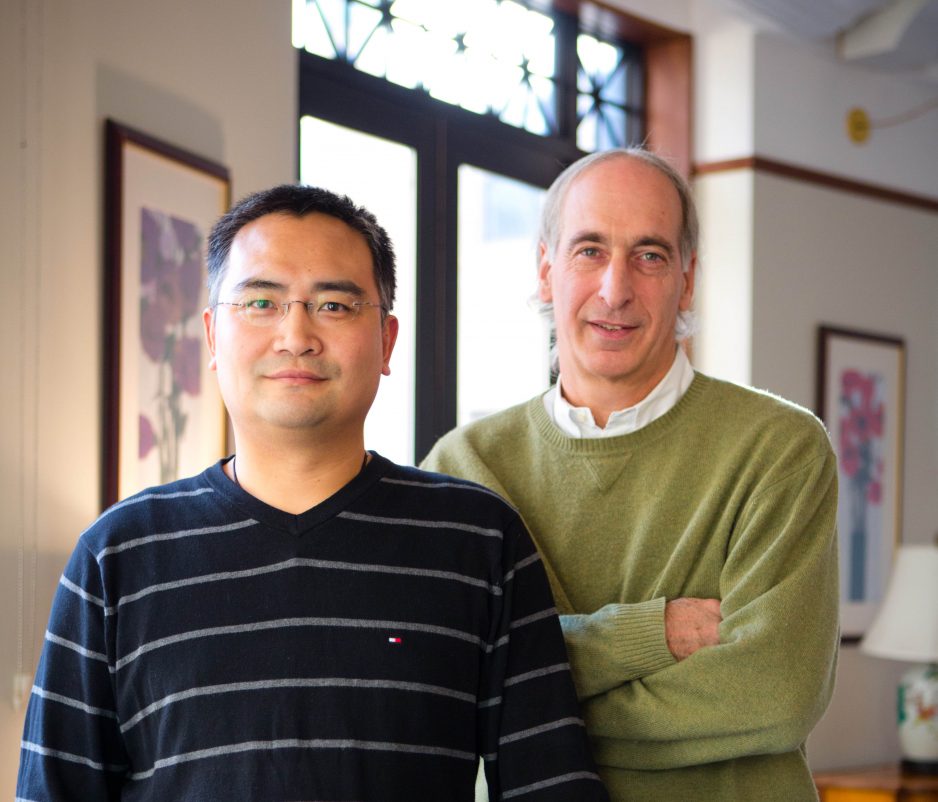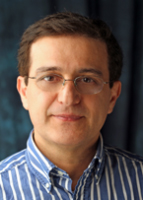Presentations by RPCI surgeons cover issues of biomarker identification, quality improvement, treatment decisions
Five Roswell Park Cancer Institute (RPCI) physicians were invited to give oral presentations on cancer research March 8 at the 66th annual Cancer Symposium of the Society of Surgical Oncology, an international society for cancer surgeons. They were among 10 RPCI physicians who presented at this year’s meeting in National Harbor, MD. The symposium is a major annual meeting where new advances in cancer care are presented.
John M. Kane III, MD, FACS, Chief of the Melanoma/Sarcoma Service within the Department of Surgical Oncology, is first author on “High Risk Soft Tissue Sarcoma Biomarker Expression Patterns and Outcome Following Neoadjuvant Chemoradiation” (abstract 64; session: Sarcoma). Dr. Kane, a member of the Radiation Therapy Oncology Group (RTOG) sarcoma working group, presented research performed through his RTOG Translational Research Program grant from the National Cancer Institute.
Because outcomes for patients with “high-risk” soft-tissue sarcoma (STS) — those tumors that are large, deep and high-grade — are often poor, high priority has been placed on identifying biomarkers that might predict response to therapy and survival. Dr. Kane and a multi-institutional team of collaborators created tissue microarrays using pre- and post-treatment STS tumor samples from participants from two clinical research studies, looking to see how treatment impacted levels of seven different biomarkers. They found that two biomarkers, CAIX (carbonic anhydrase IX) and GLUT 1 (glucose transporter 1), decreased following neoadjuvant chemoradiation. The researchers also found that increased post-treatment p53 expression correlated with a higher chance of cancer recurrence.
“We’re always looking for ways to determine which patients might truly benefit from chemotherapy, sparing other patients that do not need it the potential side effects,” notes Dr. Kane. “In addition, these microarrays can also be used to identify new targeted therapies for these often-deadly sarcomas.”
Co-authors are Qiang Zhang, PhD, Asha George, MS, and William Kraybill, MD, of Radiation Therapy Oncology Group, Philadelphia, PA; Thomas DeLaney, MD, of Massachusetts General Hospital, Boston, MA; Alex Klimowicz, PhD, of the Tom Baker Cancer Centre, Calgary, Alberta, Canada; Anthony Magliocco, MD, of the Moffitt Cancer Center, Tampa, FL; and Jeff Simko, MD, PhD, of the University of California, San Francisco, San Francisco, CA.
Shicha Kumar, MD, an Assistant Professor in the Department of Surgical Oncology, is first author on “Clinical Impact of Real Time Reporting Using the Commission on Cancer’s Rapid Quality Reporting System: Is It Worthwhile?” (abstract 55; session: Quality Improvement/Clinical Outcomes).
Quality-control measures have been shown to correlate with improved cancer outcomes, yet deviations from desired standards of care often go undetected or are discovered late, limiting or preventing opportunities for effective intervention. The research team set out to assess the clinical impact of the Rapid Quality Reporting System (RQRS), a tool developed by the Commission on Cancer for alerting providers to wp-contentroaching deviations from predetermined quality measures. They found that while relatively few deviations from standards occurred, RQRS is an easy-to-use tool for proactively identifying and improving delivery and documentation of cancer care.
“Our analysis shows the Rapid Quality Reporting System to be a helpful and reliable safety mechanism for identifying patients at risk for lapses in wp-contentropriate care,” Dr. Kumar says. “The providers we surveyed indicated that the system spurred more effective teamwork and improved documentation, and resulted in reduced concern over insufficient or delayed follow-through.”
Co-authors are Marian Betrus, Jaemi Fitzgerald, Camille Rinaldo, Kassia Delgado, Linda Hauck and Stephen Edge, MD, all of RPCI.
Moshim Kukar, MD, a clinical fellow in the Department of Surgical Oncology, is first author on “Fostering Coordinated Survivorship Care in Breast Cancer: Who is ‘Lost to Follow-Up’?” (abstract 57; session: Quality Improvement/Clinical Outcomes).
Patients who stop scheduling or showing up for wp-contentointments are a concern for many oncology providers. They are considered “lost to follow-up” (LTFU) when they stop seeking services or ongoing monitoring from a facility without having a transfer-of-care plan in place. Dr. Kukar and colleagues looked at nearly 13 years of RPCI records for patients treated for breast cancer, classifying them as LTFU if they had a two-year gap in visits to the facility. They then looked at patient, tumor and treatment characteristics to see whether any particular factors were correlated with LTFU status. They identified five characteristics associated with increased incidence of care abandonment: older age, earlier-stage disease, living longer distances from the facility, having no need for additional adjuvant therapies and absence of recurrence.
“We know that many breast cancer patients will self-triage away from oncology care and follow-up,” says Dr. Kukar. “This research shows that we have a real opportunity to prospectively identify who these women are so we can better assist them with the transfer of care to other providers and make sure that continuity of care is maintained.”
Co-authors are Nancy Watroba, MPA, Austin Miller, PhD, Dr. Kumar and Dr. Edge, all of RPCI.
Jacqueline Oxenberg, MD, a clinical fellow in the Department of Surgical Oncology, is first author on “Neoadjuvant Chemotherapy to Define Biologic Behavior Prior to Resection of Primary Angiosarcoma” (abstract 71; session: Sarcoma).
In a retrospective review of RPCI patients treated for angiosarcoma, a rare and biologically aggressive tumor, the research team tested their hypothesis that neoadjuvant chemotherapy would provide insights that could help guide treatment decisions, particularly by defining those who would not benefit from more involved, higher-risk surgeries. They found that chemotherapy administered preoperatively was well tolerated and significantly decreased tumor size, decreased the number of surgeries needed to control tumors and was not associated with any increase in complications.
“We now have evidence that giving chemotherapy prior to surgical removal of angiosarcoma tumors allows us to better identify which patients would benefit most from surgery,” Dr. Oxenberg explains. “It’s an wp-contentroach that wp-contentears to be both effective and easy to implement.”
Co-authors are Dr. Kane, Nikhil Khushalani, MD, Kilian Salerno May, MD, and Kristopher Attwood, PhD, all of RPCI.
Timothy Platz, MD, is first author on “The Use of Modified 4-Dimensional Computed Tomography in 100 Consecutive Patients with Primary Hyperparathyroidism: An Argument for the Abandonment of Sestamibi SPECT” (abstract 25; session: Endocrine Cancer).
For many years, the vast majority of providers performing parathyroidectomy have used ultrasound and/or Sestamibi SPECT imaging technologies to help identify abnormalities and guide surgical planning. Looking at patients treated at RPCI between December 2010 and July 2012, Dr. Platz and colleagues performed a comparative analysis to determine whether a newer imaging option, 4-Dimensional Computed Tomography (4D-CT), might be an effective alternative to those standard imaging technologies. The team found that a modified form of 4D-CT, adapted to include volume rendering highlights the parathyroid abnormality in relation to neighboring structures, was superior to sestamibi SPECT and ultrasound, with similar levels of radiation exposure.
“We found that this modified 4D-CT wp-contentroach was much more reliable than the other modalities in providing a preview of the anatomy that we’d encounter when actually performing the surgeries,” notes Dr. Platz. “The distinctions between these wp-contentroaches proved to be so significant that we can present a persuasive case for other providers to consider abandoning sestamibi SPECT for these types of cases.”
Co-authors are Ahmed Abdelhalim, MD, Adrienne Groman and William Cance, MD, all of RPCI.
Annie Deck-Miller, RPCI Senior Media Relations Manager; annie.deck-miller@roswellpark.org; 716-845-8593


